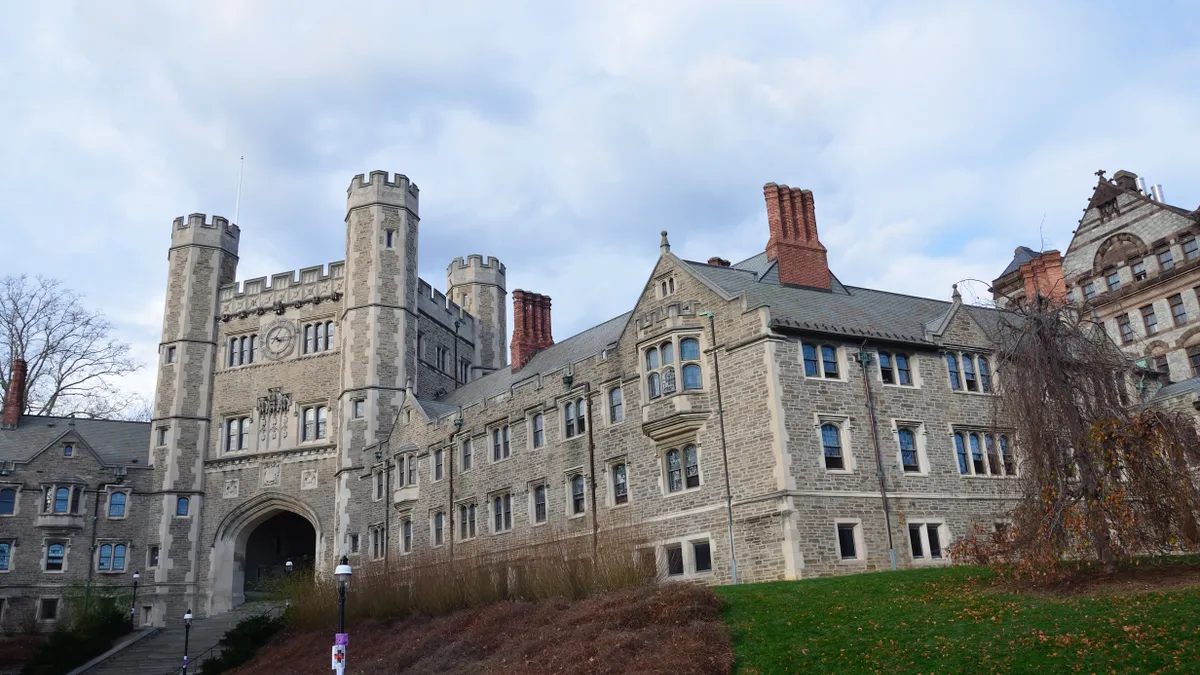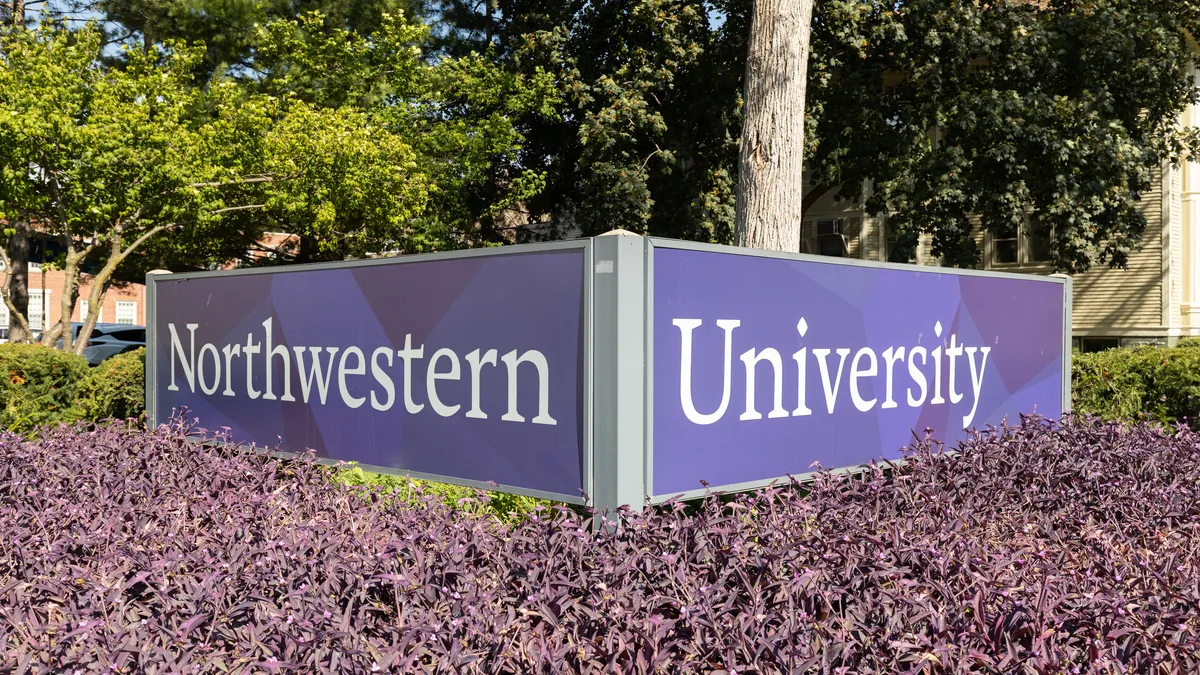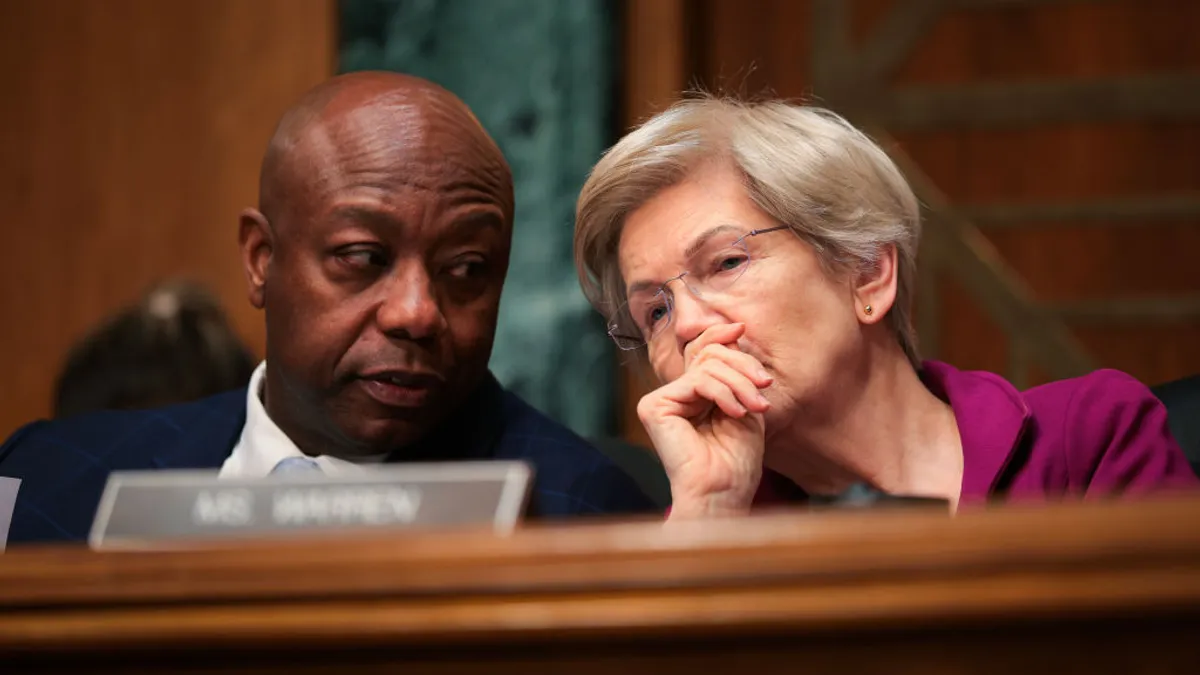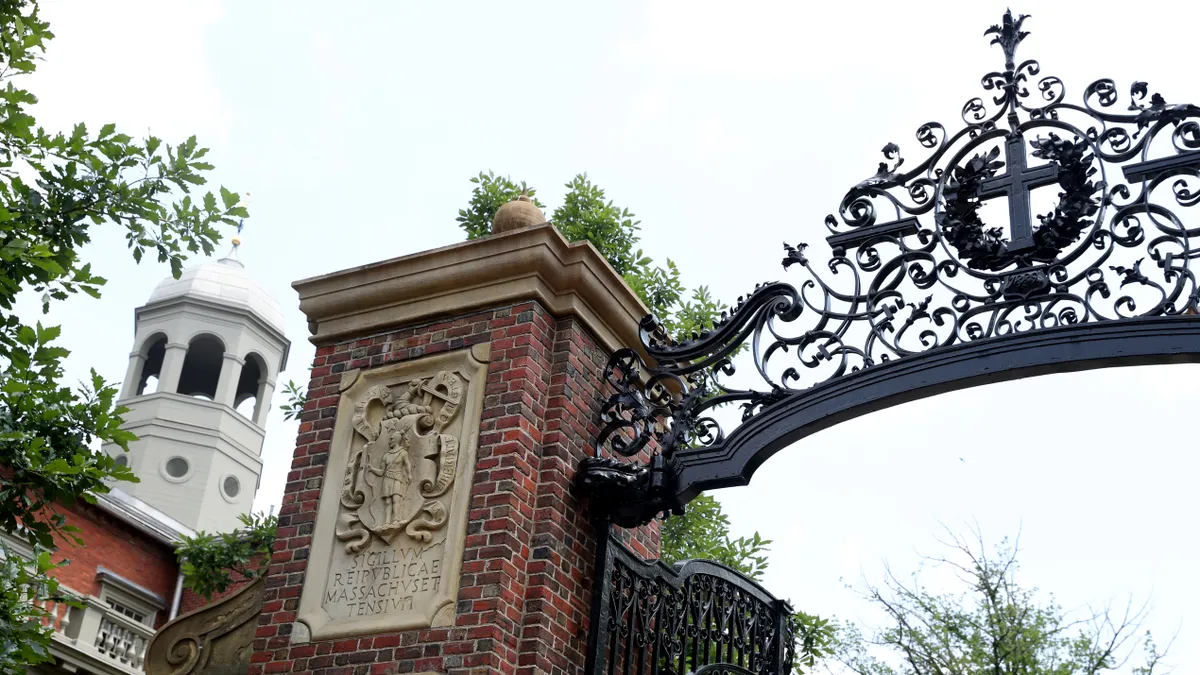A commonly held belief in the world of higher education is that sagging state funding for public colleges has resulted in skyrocketing tuition prices. But a new analysis from a conservative think tank attempts to counter that narrative, asserting that state funding has actually increased over the past four decades when adjusted for inflation.
Andrew Gillen, a senior policy analyst for the Texas Public Policy Foundation, found that state funding per student typically increased between $19 and $54 each year at the national level over that period.
Nearly two dozen states have seen an upward trend in public higher education funding from 1980 to 2021, while an equal number of states saw neither an upward nor downward trend, according to his report. Only six states experienced disinvestment: Indiana, South Carolina, New Hampshire, Iowa, Pennsylvania and Rhode Island.
Based on his data, Gillen argues “state disinvestment is a myth” — a conclusion he’s reached in past reports.
"The common argument that tuition rises to make up for state disinvestment has three problems," he wrote in his latest report. "First, state funding has increased over time, so tuition should be falling, not rising. Second, the statistical relationship between changes in state funding and changes in tuition is quite weak. Third, even during periods in which state funding falls, tuition rises by many multiples of the cut in state funding."
“This paper is really trying to cherry pick and push a narrative."

Sophia Laderman
Associate vice president, SHEEO
Not everyone agrees with these findings. Sophia Laderman, an associate vice president at the State Higher Education Executive Officers Association, or SHEEO, takes issue with some of the methods Gillen used in his analysis.
Laderman leads SHEEO’s State Higher Education Finance project, or SHEF, which collected the state funding data Gillen used in his analysis. Annual SHEF reports detail how state support for higher education has changed over time.
“This paper is really trying to cherry pick and push a narrative,” Laderman said.
Timing matters
State funding for higher education has been volatile over the past four decades, often falling during recessions and rising during economic upswings.
“Depending on what year you choose as a starting point does influence whether tuition is up, or whether funding is up or down,” said Robert Kelchen, a higher education professor at the University of Tennessee, Knoxville.
Gillen agrees, further contending that people who promote the idea that states are disinvesting in higher education often compare current levels to a peak year. His analysis begins in 1980, when SHEF data was first available. It also happens to be a low point in state funding, Laderman said.
He uses a method to gauge typical yearly changes over the roughly 40-year period in state funding, estimating that state support across the country typically increased $37 per student each year.
“Depending on what year you choose as a starting point does influence whether tuition is up, or whether funding is up or down."

Robert Kelchen
Higher education professor, University of Tennessee, Knoxville
But Laderman suggested using a different method — comparing years at similar points in the economic cycle.
“If you’re in a very low point in the economic cycle, like 2012, it makes sense to compare to maybe 2004, because that was a low point,” she said.
It’s also key to do standard comparisons, such as changes over one, five and 10 years, she said.
Why do the reports conflict?
Although Gillen’s report relies on SHEF’s data, they often come up with wildly different results — even when comparing the same points in time.
According to Gillen’s analysis, state funding was $17 lower per student in fiscal 2021 than it was in 2001, which had the highest level of recorded state support for higher education.
But 2021 levels are $369 higher per student than they were in 2008, Gillen found. He contends that means higher education has completely recovered from the cuts made during the Great Recession at the national level.
The SHEF report comes to different conclusions. While it shows state higher education funding has risen for nine straight years, it still has not reached levels seen in 2008, before budgets were slashed during the Great Recession.
Moreover, the SHEF report found state support levels were $1,059 lower per full-time equivalent in 2021 than they were in 2001 — a vastly different result than the $17 dollar difference Gillen found.
The explanation for the difference? In his analysis, Gillen asserts the SHEF report doesn’t correct for inflation, while the latest SHEF report says it does.
The disagreement boils down to Gillen and the SHEF report using different methods.
The SHEF report uses the Higher Education Cost Adjustment, or HECA, which SHEEO developed as a way to capture inflation in the costs paid by colleges and universities. Three-quarters of the index is based on changes in employer compensation costs — such as wages, salaries and benefits — while the remaining portion is based on general price inflation in the U.S.
Gillen takes issue with industry-specific cost adjustments, arguing in the report that they can yield “nonsensical results.”
“My issue is that it’s not an inflation adjustment,” Gillen said. “Inflation adjustment means you adjust for the overall level of prices, and to do that, you use a broad-base price index — not one that is focused just on a specific industry.”
While the HECA was made to estimate inflation in costs paid by colleges, it pulls data from beyond the sector. It’s based on two federally developed indices that measure inflation in white collar professional salaries and across a basket of goods.
“HECA has no specific measure of higher education as an industry,” Laderman said.
Gillen, meanwhile, uses the Personal Consumption Expenditures Price Index, or the PCE, which the Federal Reserve also uses as its primary inflation measure. It captures inflation based on a basket of goods and services, as well as how consumers change their spending habits as prices fluctuate.
Laderman said the PCE is a strange index to use in the context of assessing government funding.
“None of that has anything to do with the cost of higher education or higher education institutional expenses,” Laderman said. “In higher education — it’s a service industry — about 75% of the cost is personnel. So it’s not this basket of goods that consumers are buying, it’s the cost of educated personnel.”
A point of agreement
Despite the reports’ differences, they do have a finding in common. Total educational revenue per student — state funding plus tuition — has seen record levels in recent years.
And both point out cautionary trends, with the SHEF report noting that not all states are enjoying these record highs and Gillen pointing out recent declines in net tuition revenue that could continue.






















